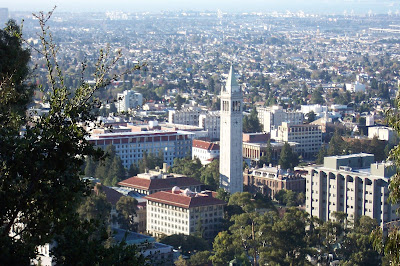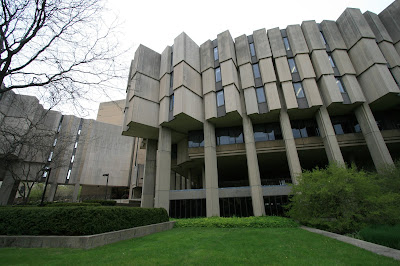INTRODUCTION ON UNIVERSITY OF MICHIGAN
The University of Michigan (U-M, UM, UMich, or also known as U of M), normally referred to as Michigan, has been and is a public research university in Ann Arbor, Michigan, United States. It was 1817 the year it was founded in Detroit as the Catholepistemiad, also known as University of Michigania, twenty years before the Michigan Territory trun into a state, the University of Michigan is the state's most oldest institution. The university transferred to Ann Arbor in the year 1837 onto 40 acres of what is currently known as Central Campus. From the day of its establishment in Ann Arbor, the university campus has grown in capacity to include more than 584 major buildings with a gross area of more than 34 million combined square feet ( 3.16 km²) which is spread out over a Central Campus and North Campus, it also has two satellite campuses in Flint and Dearborn, and a Center in Detroit aswell. The University was also a founding member of the Association of American Universities.
CAMPUS AT UNIVERSITY OF MICHIGAN
The Ann Arbor campus is separated into main four areas i.e.: the North, Central, Medical and South campuses.Moreover, the physical infrastructures include over more than 500 major buildings, with a total combined area of over more than 34 million square feet (3.16 km2). Both the Central and South Campus areas are contiguous, but the North Campus area has been separated from them, by the Huron River. There are also many leased space throughout buildings scattered all over the city, which are many occupied by organizations affiliated with the University of Michigan Health System. An East Medical Campus has quite recently been constructed on Plymouth Road, with several university-owned buildings for outpatient care, diagnostics and outpatient surgery.
STUDENTS LIFE INSIDE UNIVERSITY OF MICHIGAN
The University of Michigan's campus housing system can accommodate and provide residence to more than 10,900 people, or you can say close to 30 percent of the total students population at the university. The residence halls are situated in 3 distinct geographic areas on campus: Central Campus, Hill Area (between Central Campus and the Medical Campus) and finally the North Campus.Housing foe family is based on North Campus and mainly serves students appearing for graduate program. The largest residence hall has a capacity to hold upto 1,240 students, while the smallest one can accommodate 25 residents. A big number of upper-division and graduate students live in off-campus apartments, houses, and cooperatives, with the largest concentrations in the Central and South Campus areas.
ATHLETICS AT UNIVERSITY OF MICHIGAN
The University of Michigan's sports teams are known as the Wolverines. They take part in the NCAA's Football Bowl Subdivision (formerly Division I-A) and also in the Big Ten Conference in all sports except for women's water polo, which has been a member of the Collegiate Water Polo Association since the beginning. U-M boasts about 27 varsity sports, which includes 13 men's teams and 14 women's teams. In ten of the past fourteen years concluding in the year 2009, U-M has also finished in the top 5 of the NACDA Director's Cup, a ranking which is compiled by the National Association of Collegiate Directors of Athletics to tabulate the achievement of universities in competitive sports.Also U-M has finished in the top ten of the Directors' Cup standings in fourteen of the award's sixteen seasons and has been able to place in the top 6 in 9 of the last ten seasons.

























